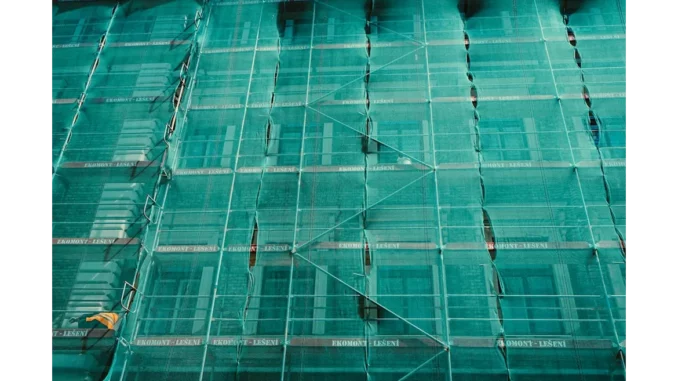
As I navigated the vibrant streets of Brighton & Hove, the air buzzed with the anticipation of a groundbreaking endeavour—the new net-zero carbon youth centre slated for Knoll Park. This ambitious project, commissioned by the Brighton & Hove City Council and deftly managed by Cheesmur Building Contractors, is set to become a hallmark of sustainable architecture and community engagement. To glean a more nuanced understanding of this visionary initiative, I engaged in a dialogue with Alex Martin, a local sustainability advocate and community planner who has been closely monitoring the development of this noteworthy facility.
Successful low-energy building design hinges on careful planning. Focus360 Energy can help.
Alex’s fervour for the project was palpable, and their insights were as enlightening as they were inspiring. “This initiative is a reflection of our community’s unwavering dedication to a sustainable future,” Alex enthused, their eyes gleaming with conviction. “This isn’t merely about constructing another edifice; it’s about cultivating a space that embodies the ethos of environmental stewardship while addressing the needs of our youth.” The decision to erect a net-zero carbon facility, Alex elaborated, aligns seamlessly with the council’s overarching environmental objectives. “Brighton & Hove has long been at the vanguard of sustainability, and this project is a natural progression of that legacy,” they added. “By employing avant-garde technologies and sustainable practices, the youth centre will maintain a minimal carbon footprint, establishing a benchmark for future developments.”
The choice of Knoll Park as the project’s location adds a layer of complexity and charm. “It’s a picturesque area, teeming with greenery and serenity,” Alex explained. “The challenge—and the opportunity—entails integrating the building harmoniously into this natural landscape. The design team has been exceedingly conscientious, aiming to preserve the park’s ecosystem while ensuring the centre becomes a dynamic hub for young people.” The project is poised to set a precedent for how urban developments can coexist with—and even enhance—natural settings.
The youth centre will boast an array of features designed to make it a paradigm of sustainability. “Every component has been meticulously thought out,” Alex revealed. “From solar panels and rainwater harvesting systems to natural ventilation and sustainable materials, the goal is not only to minimise energy consumption but also to educate and inspire the community about the potential of sustainable living.” This holistic approach aims to serve as an educational tool, fostering awareness and encouraging the adoption of eco-friendly practices among visitors.
Alex was particularly animated when discussing the centre’s potential impact on local youth. “This will be a transformative space for young people in the area,” they asserted. “It’s conceived as a place for them to congregate, learn, and develop. There will be workshops on sustainability, art, technology, and more—equipping them with skills crucial for the future.” Such initiatives are instrumental in nurturing a generation that is not only aware of environmental challenges but also empowered to address them.
Community involvement has been a cornerstone of this project, with public consultation playing a pivotal role from its inception. “The council and Cheesmur have been diligent in soliciting and incorporating community feedback,” Alex confirmed. “This ensures that the centre aligns with the needs and aspirations of those it aims to serve.” This inclusive approach not only strengthens community ties but also ensures that the facility is attuned to the nuanced needs of its users.
The broader implications of this project extend beyond the immediate community. “This youth centre is part of a larger trajectory towards more sustainable urban development,” Alex emphasised. “As urban areas increasingly strive to lessen their carbon footprints, projects like this are illuminating the path forward, proving that it’s feasible to build sustainably without sacrificing functionality or aesthetic appeal.” The ripple effects of such projects could redefine urban planning paradigms, encouraging other cities to adopt similar sustainable practices.
As our conversation drew to a close, I asked Alex about their hopes for the youth centre’s future impact. Their response was both thoughtful and aspirational. “I envisage it becoming a cornerstone of the community—a place where young people feel empowered and inspired. I hope it ignites a lifelong commitment to sustainability in everyone who walks through its doors.” These aspirations underscore the transformative potential of the project, which extends far beyond its physical footprint.
Departing from my meeting with Alex, I felt invigorated by a sense of optimism for the future. The net-zero carbon youth centre in Knoll Park transcends the boundaries of a mere construction project; it stands as a symbol of progress and possibility. It serves as a reminder that when communities unite with a shared vision, extraordinary achievements are within reach. As construction advances and the centre begins to materialise, it will undoubtedly attract attention from near and far, standing as a testament to a brighter, more sustainable future for the youth of Brighton & Hove and beyond.


Be the first to comment